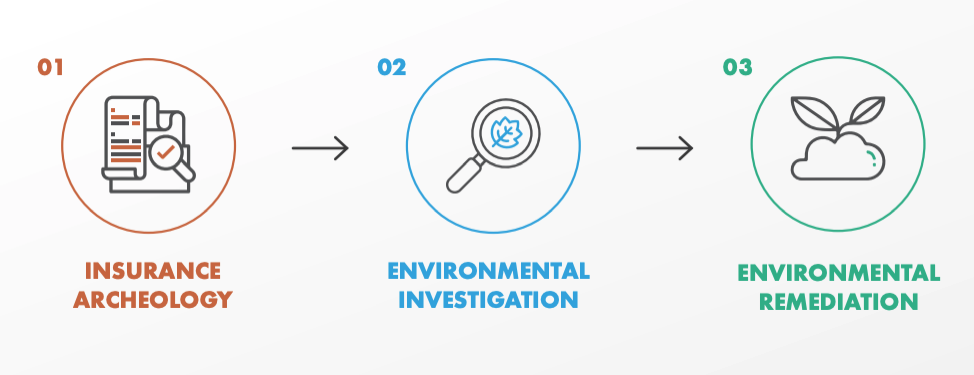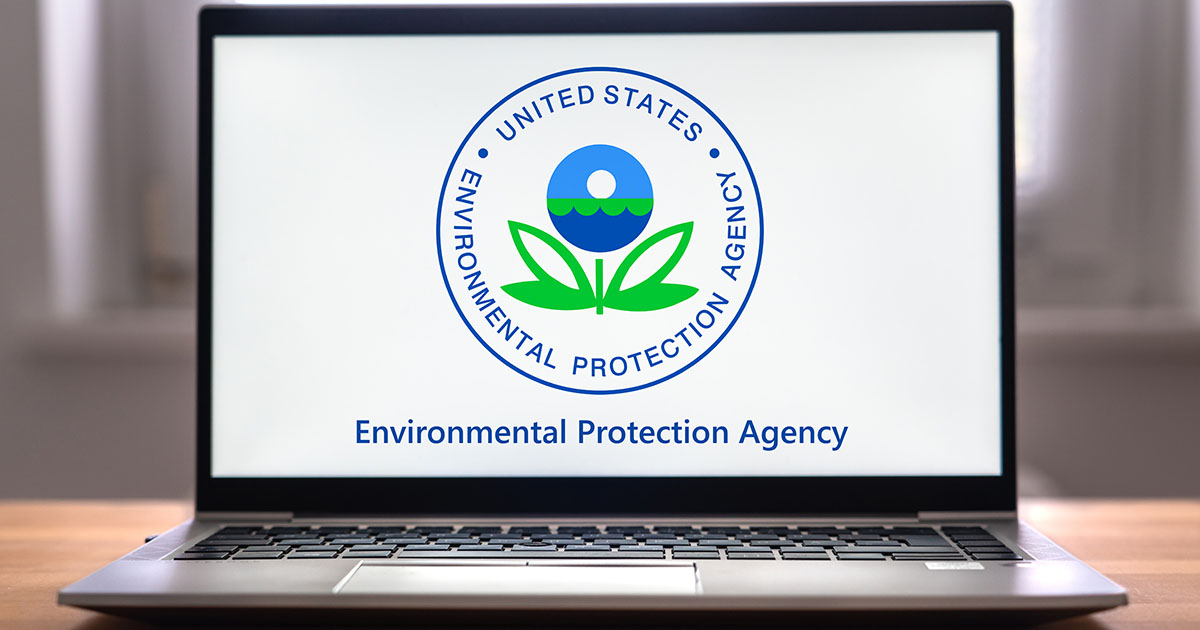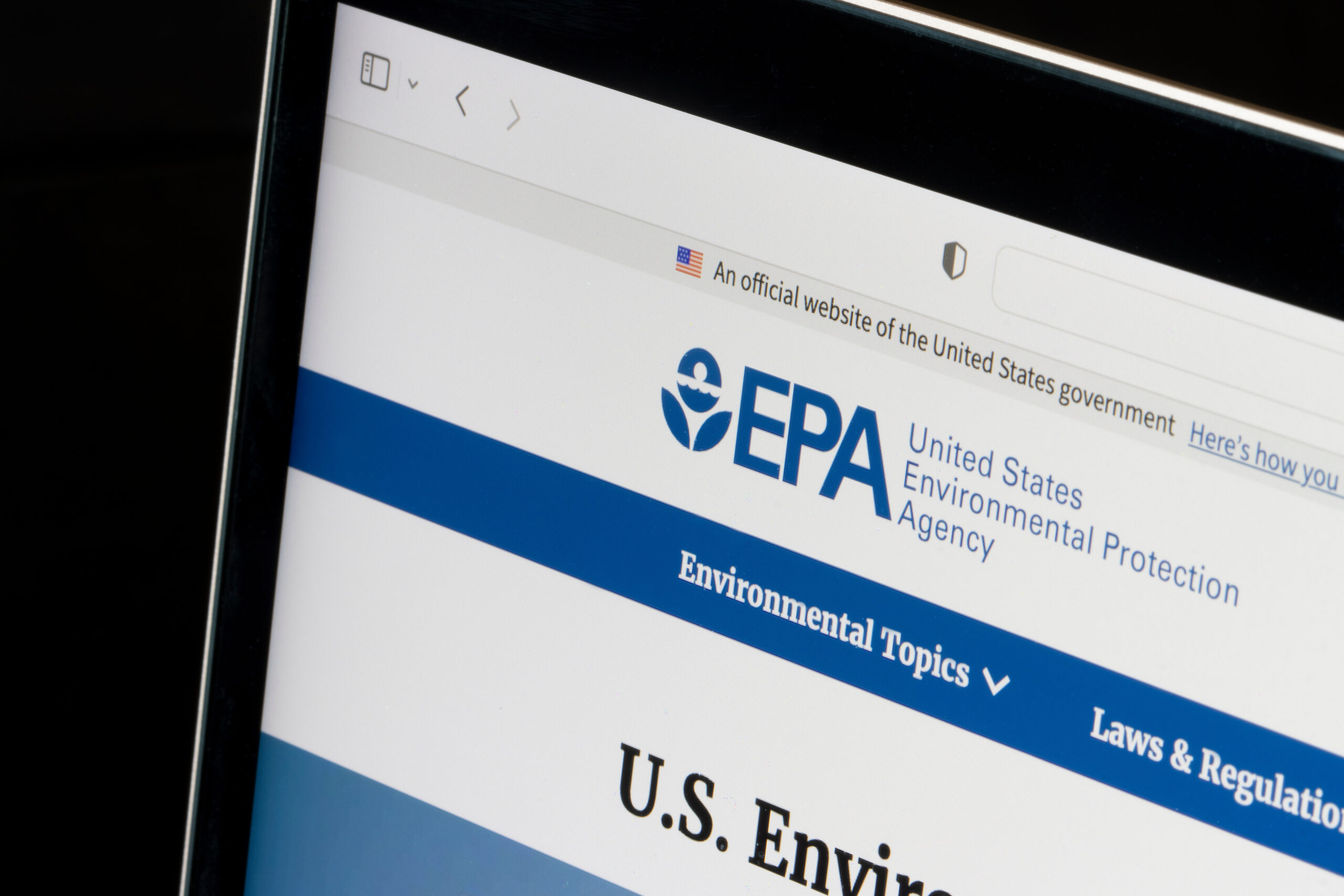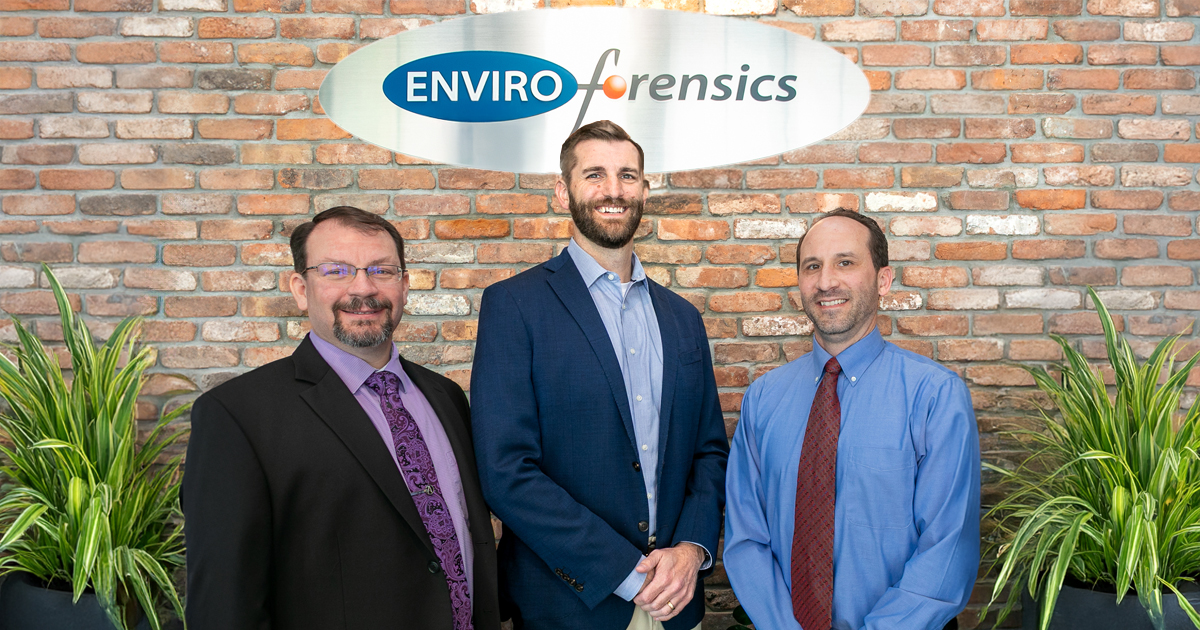LEARN HOW TO NAVIGATE THE ENVIRONMENTAL INVESTIGATION PROCESS

BY: STEPHEN HENSHAW, PG
For years dry cleaners have suspected that they might have an environmental problem, but have been afraid to find out whether they do or not. It’s completely understandable why dry cleaners would be afraid of collecting soil and groundwater samples at their site. Of course, the biggest reason for not looking into the environmental conditions at your site or sites is opening Pandora’s Box. Simply stated, the cost of an environmental cleanup could cause financial hardships and sleepless nights.
SO, WHAT TRIGGERS AN ENVIRONMENTAL INVESTIGATION?
Sometimes you can control the situation, but most of the time you can’t. Below are five events that can trigger an environmental investigation at a dry cleaning site.
- YOU’RE SELLING YOUR BUSINESS OR PROPERTYIf you want to sell your business or property, due diligence is required during business and property transactions to determine if the operating business and/or property carries any potential environmental liability including hazardous waste contamination, lack of permits, permit violations, and compliance deficiencies. Understanding these conditions allows the buyer to evaluate potential limitations, liabilities, and risks associated with the property. Often times, due diligence at a dry cleaner is going to uncover environmental problems. Due Diligence will start with a Phase I Environmental Site Assessment (ESA) to identify if there’s any likelihood of contamination. For most dry cleaners, a Phase II ESA will be required, which includes collecting samples of soil, groundwater or building materials to analyze for various contaminants
- YOU’RE REFINANCING YOUR PROPERTYIf you’re refinancing your property, your bank is going to require a Phase I ESA, which is the formal process that assesses the real estate for potential risk of environmental contamination. Again, for most dry cleaners, a Phase II ESA will be required.
- YOU’RE RETIRING WITH PLANS TO HAND OFF YOUR BUSINESS TO YOUR CHILDREN OR GRANDCHILDRENIf you want to retire and hand off your business to your children or grandchildren, there’s a high probability that contamination may be lurking beneath your building due to decades of dry cleaning operations. Since you’re passing the business onto family, you’ll want to conduct environmental due diligence to make sure they are protected from liability.
- YOUR NEIGHBOR IS SELLING OR REFINANCING THEIR PROPERTY, WHICH REQUIRES AN ENVIRONMENTAL INVESTIGATIONIf your neighbor is selling or refinancing their property, they’ll conduct real estate due diligence. Their environmental investigation may uncover a commingled plume that may lead to you. This will lead to conducting your own environmental due diligence process.
- YOU PURCHASED A PROPERTY AT TAX SALEIf you want to buy a property, which used to house a dry cleaner or any other commercial operation, you’re going to have to conduct real estate due diligence if you want to avoid taking on the environmental liability yourself.
WHAT IS A PHASE I ENVIRONMENTAL ASSESSMENT?
The first step in the due diligence process is performing a Phase I Environmental Site Assessment (ESA), which is an evaluation of recent and historical activities at and near the property to identify potential or existing environmental contamination liabilities. A Phase I ESA may be required by a bank or other lending institution during financing processes, or it could be recommended by your attorney or other business advisors.
THE PHASE I ENVIRONMENTAL SITE ASSESSMENT PROCESS

The consultant conducting the Phase I ESA will inspect the site for signs of staining, evidence of spills, stressed vegetation, determination of underground and above ground tanks, secondary containment, violations, and operating practices. They will evaluate records at the fire department, local health department, state environmental agencies, and federal EPA, to determine whether fires or chemical spills were reported on the property or on neighboring properties.
This review would also evaluate what businesses are operating in the near vicinity that could cause environmental impacts and could impact the subject site. A Phase I doesn’t include actual subsurface samples such as soil, soil gas, or groundwater. However, there is a standard that must be followed under the American Standard for Testing and Materials or ASTM, which now includes determining whether indoor vapor intrusion is likely.
WHAT HAPPENS AFTER THE PHASE I ESA? A PHASE II.
If the Phase I ESA identifies a reasonable potential that soil and groundwater may be impacted, the consultant will suggest that a Phase II ESA be conducted.
The thing about conducting a Phase I ESA on real estate that has a dry cleaner is that, because of the history of dry cleaning operations, a Phase II investigation is nearly always required. In other words, one can be certain that if the real estate has an active or historical dry cleaner on the site and it is being considered for refinancing or purchasing, follow-up soil, soil gas or groundwater samples will be required.
A Phase II is a step further in the process of determining whether a dry cleaner has affected a piece of property. The Phase II is also referred to as a “subsurface investigation” and includes the actual collection of a series of subsurface (soil, groundwater) samples to determine whether the property has been impacted by chemicals that pose a risk to human health or the environment. This is where the costs start to add up when chemicals are identified.
Other items out of your control that can trigger environmental investigations include:
- Contamination showing up in municipal or private drinking water wells;
- Contamination showing up beneath neighboring or downgradient properties; and
- Regional investigations conducted under the direction of state or federal regulatory agencies.
These triggers can mean perchloroethylene (PERC) has been identified in the groundwater and because PERC is a common dry cleaning solvent focus is put on dry cleaners both past and present. We have seen situations where the perc levels in municipal drinking water wells and immediately set out to identify all dry cleaners that operated within a mile radius of the well over the past 50 years. With a little digging, it is fairly easy to identify the address, name and period of time that a dry cleaner has operated at a location. We have seen the states pursue a retired couple that operated a dry cleaner for just two years from 1958 through 1959.
WHY WOULD YOU WANT TO OPEN “PANDORA’S BOX”?
While no one wants to be the bearer of bad news, it’s important that all dry cleaners understand how investigations are triggered and what to expect once they are triggered. For this reason, we always talk about finding the businesses or property owner’s old comprehensive general liability (CGL) insurance policies first before the environmental investigation begins.

Old CGL policies may be the most valuable piece of paper you could ever have. Historical CGL policies written before 1985 or 1986 do not have absolute pollution exclusion language in them and therefore may be used to defend the insured against claims. A claim is what an “injured” party can bring against a business or individual that owned or operated a business that is found to have any amount of responsibility for the contamination found in the subsurface, typically the groundwater.
When confronting issues like this it’s important to have knowledge of the situation, process, and your options.
WHAT ARE OTHER POINTERS DRY CLEANERS NEED TO KNOW ABOUT?
Our goal is to educate you about the environmental arena. Here are seven things you should know and do to be proactive and avoid surprises:
- Understand how investigations are triggered.
- Understand that your old insurance policies or those that you bought your businesses from may be worth millions of dollars.
- Be aware of your surroundings and what drilling activities are happening in your neighborhoods.
- Know your rights by reviewing your lease agreements.
- Find your old insurance policies and store them securely.
- Store information regarding the individuals that operated at your location before you did.
- Seek a qualified environmental consultant for assistance.
- Talk to an insurance archeologist.
And to remember the story of Pandora’s Box… Zeus had given Pandora a box and told her not to open it, but she did anyway. And even though all evils subsequently unknown to man escaped from the jar, at the very bottom of the jar there lay hope.
No matter your situation, we’re ready to find the best solution for you. Contact us today.
As seen in Cleaner and Launderer
 Stephen Henshaw, CEO at EnviroForensics & PolicyFind has over 30+ years of experience and holds professional registrations in numerous states. Henshaw serves as a client manager and technical manager on complex projects involving contaminated and derelict properties, creative litigation, deceased landowners, tax liens, non-performing banknotes, resurrecting defunct companies and cost recovery. Henshaw’s expertise includes a comprehensive understanding of past and current industry and waste handling practices and the fate and transport of chlorinated solvents in soil and groundwater. He has served as a testifying expert for plaintiffs and defendants on high profile cases involving causation and timing of releases, contaminant dispersion, allocation, damages, past costs, and closure estimates. He has a strong knowledge of state and federal regulations, insurance law, RCRA, and CERCLA. He has managed several hundred projects including landfills, solvent and petroleum refineries, foundries, metal plating shops, food processors, dry cleaners, wood treating facilities, chemical distribution facilities, aerospace manufacturing facilities, and transporters and provides strategy instrumental in funding projects and moving them to closure.
Stephen Henshaw, CEO at EnviroForensics & PolicyFind has over 30+ years of experience and holds professional registrations in numerous states. Henshaw serves as a client manager and technical manager on complex projects involving contaminated and derelict properties, creative litigation, deceased landowners, tax liens, non-performing banknotes, resurrecting defunct companies and cost recovery. Henshaw’s expertise includes a comprehensive understanding of past and current industry and waste handling practices and the fate and transport of chlorinated solvents in soil and groundwater. He has served as a testifying expert for plaintiffs and defendants on high profile cases involving causation and timing of releases, contaminant dispersion, allocation, damages, past costs, and closure estimates. He has a strong knowledge of state and federal regulations, insurance law, RCRA, and CERCLA. He has managed several hundred projects including landfills, solvent and petroleum refineries, foundries, metal plating shops, food processors, dry cleaners, wood treating facilities, chemical distribution facilities, aerospace manufacturing facilities, and transporters and provides strategy instrumental in funding projects and moving them to closure.



